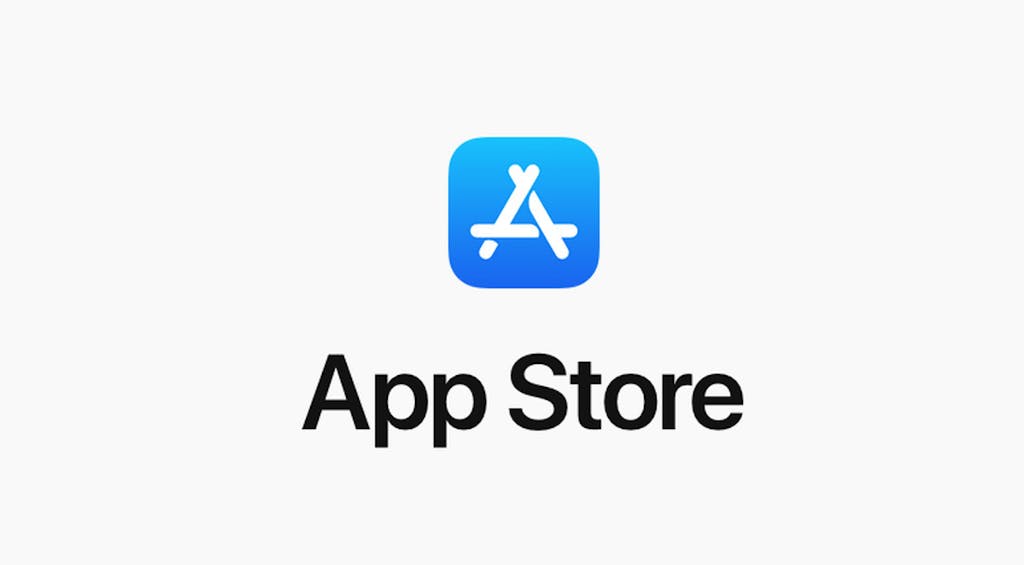SOCIAL
How Leveraging An API Adds Value To Your App
Application programming interfaces, better known as API’s, enable many of the digital experiences we take for granted. Everyday behaviours such as ordering a pizza are made possible by leveraging API’s. How does an API have anything to do with the pizza you’ve just ordered? From entering your address to paying for your meal, API’s are used to run back and forth between the application, databases and your device.
3 min. Read

Application programming interfaces, better known as API’s, enable many of the digital experiences we take for granted. Everyday behaviours such as ordering a pizza are made possible by leveraging API’s. How does an API have anything to do with the pizza you’ve just ordered? From entering your address to paying for your meal, API’s are used to run back and forth between the application, databases and your device.
Here’s a better explanation of how API’s help you get your pizza ASAP. An API interacts with a database of all the addresses in your area to validate yours for delivery. Same goes for payment; the platform would interact with a payment application via an API to make your payment possible. All of this is unknowingly happening in the background so you can get your pizza delivered to your front door with ease. Hungry yet?
How does an API work?

Mobile apps come in all shapes and sizes. However, the majority have one thing in common; it provides a function. That function could be anything from booking a hotel, shopping for groceries or ordering a ride. When a consumer uses an app for this purpose they only engage with the front end of the application, that is the pretty interface, but there’s a lot more to it than that. An app is like a machine that receives user inputs and generates an output. Back to the pizza – you’ve entered your information and selected your desired pizza (or 4) which is the input; the output is the pizza arriving at your door. To get to the output the application has to communicate with a mapping API to validate your address. The app then communicates with your bank to verify you have enough cash before taking payment.
Why will leveraging an API add value to your app?

Before the ease of API’s interaction, mobile applications were a lot trickier to build; this is because every feature needed to be built from scratch for the app to function. With the use of an API, this is no longer the case, as it allows developers to focus on making the core functionality of the app. An API can be built for anything a company wants to share, be it pieces of code, a database, services, you name it! In other words, a developer no longer has to code a unique payment system, create a commenting forum on an article, enter all data into the database or create a server if there’s an existing API that can do it all for them.
An example’s of leveraging an API you may be familiar with is the ability to pay for your Uber. Uber is a ride-sharing app and not a payment app, even though payments are essential to the functionality of the platform. To focus on making the ride-sharing features seamless the developers of Uber leveraged a payment systems API.
How does this provide value for your user?

Apps built with API’s are said to be more compatible with multiple devices and operating systems, meaning your user has an enjoyable, fast and easy experience. The behind-the-scenes action may not be noticeable or seem very important, but it provides the foundation or building blocks for many of the apps we know and love today. Uber, Airbnb, Spotify and even Facebook leverage API’s in one way or another. By allowing developers access to these building blocks, they can create apps that are more connected to data and services; resulting in a more seamless and therefore valuable experience for their users.
RELATED BLOG

6 Ways To Make Your Startup Investor Ready
Funding is the number one factor that can drive or restrict your startup idea becoming a reality. While bootstrapping (essentially doing everything yourself or hiring people on the cheap) is an option...

Reasons to Be Rejected by the App Store
I've nominated myself to start listing all the obscure reasons that Apple could reject your mobile app while it's in the review process. Many Product Owners and Software Engineers get tripped up by ma...

Cross-Platform vs Native Development
Mobile phones are no longer used for making phone calls. In fact, a small total of 7% of the time is spent on communicating directly via calls or text messages. It can be assumed that the rest of a us...
 hello@appspeople.com.au
hello@appspeople.com.au Perth (08) 9325 1992
Perth (08) 9325 1992